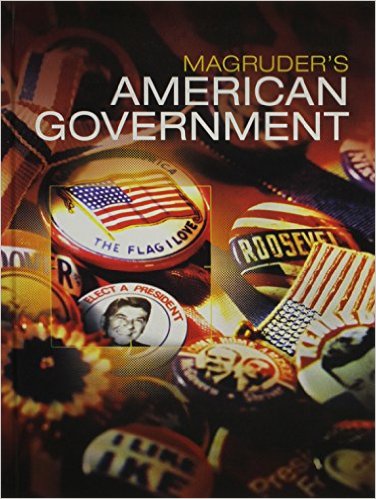
All Solutions
Page 341: Chapter Assessment
This case was influential in enforcing the protection of individual rights because it influenced how the colonists viewed freedom of the press. It is also important because it serves as an early example of the courts checking the power of the executive.
There are two types of federal courts:
**1. Constitutional courts
2. Special courts**
**1. District Courts
2. U.S. Court of Appeals
3. U.S. Court of Appeals for the Federal Circuit
4. U.S. Court of International Trade**
**1. U.S. Court of Federal Claims
2. U.S. Tax Court
3. Territorial Courts
4. U.S. Court of Appeals for Armed Forces
5. Court of the District of Columbia
6. U.S. Court of Appeals for Veterans Claims**
**1. The subject matter:**
– interpretation and application of a provision in the Constitution or in any federal statute or treaty
– question of admiralty or maritime law
**2. The parties involved in cases:**
”
– The United States or one of its officers or agencies
– An ambassador, consul, or other official representative of a foreign government
– One of the 50 States suing another State, a resident of another State or a foreign government or one of its subjects
– A citizen of one State suing a citizen of another State
– An American citizen suing a foreign government or one of its subjects
– A citizen of a State suing another citizen of that same State where both claim title to land under grants from different States ” (P 320)
**1. Exclusive jurisdiction**: cases that can only be heard before federal courts
**2. Concurrent jurisdiction:** cases that can be heard before the federal courts, but also before the State courts
**3. Original jurisdiction:** cases heard for the first time
**4. Appellate jurisdiction:** appeals to cases heard in lower courts
**1. Judicial restraint
2. Judicial activism**
First of all, we should mention the conflicts concerning the constitutionality of a law or act. All legal acts adopted must be in accordance with the Constitution. There are federal courts that have the power to decide whether a legal act is constitutional or not, and if they decide not to, that act loses its legal force and becomes null and void. This power is called judicial review.

